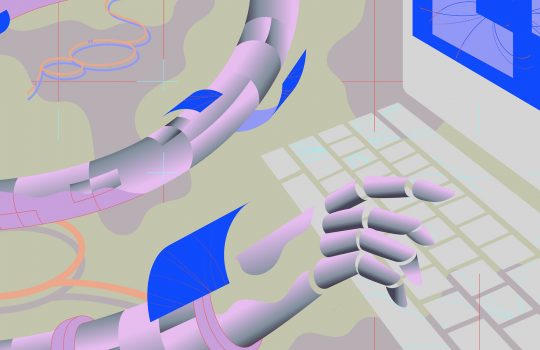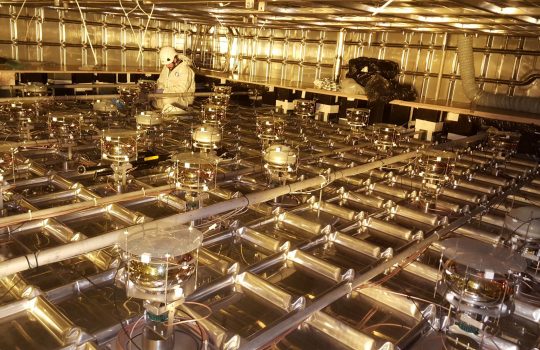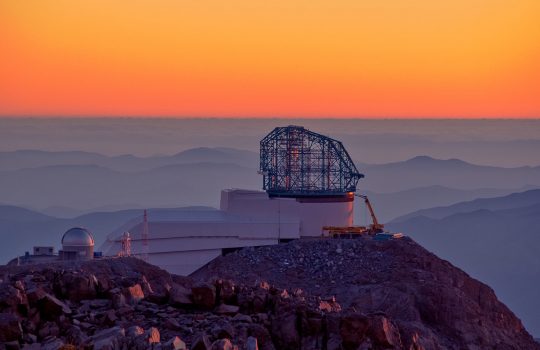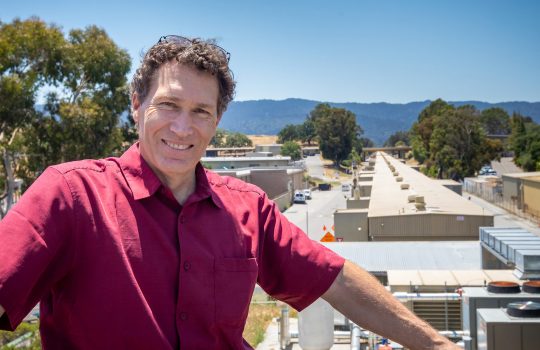Why pilots are seeing UFOs
From CNN, June 21, 2019: Fermilab scientist Don Lincoln talks about the recent UFO sightings in the news. It’s plausible that what pilots have been seeing is something with an ordinary explanation, whether it be an instrumental glitch or some other unexplained artifact.




